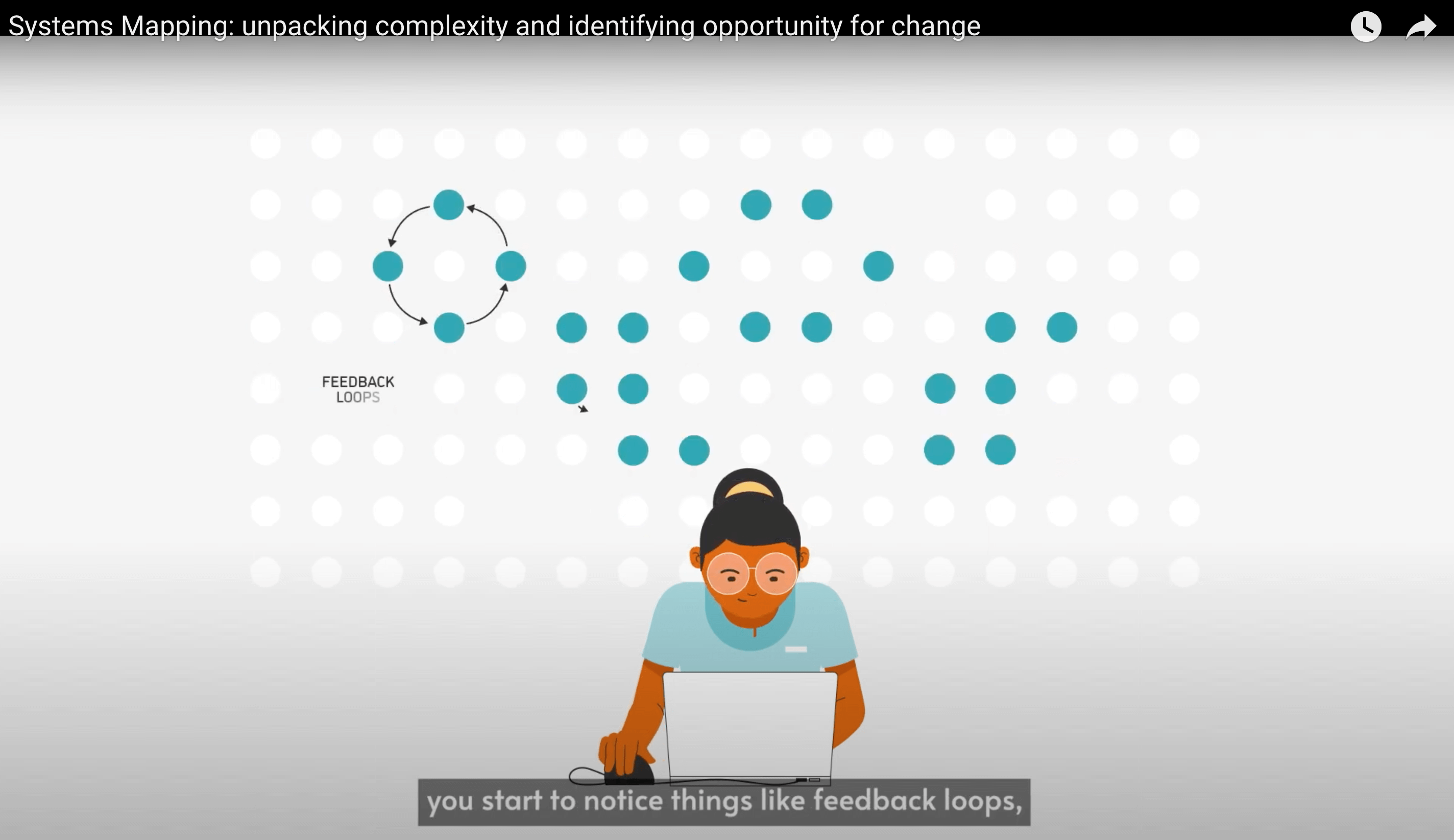How to support learning to advance universal health coverage
To make progress towards universal health coverage (UHC), continuous learning at the county level is essential to capture what works and what doesn’t, how stakeholders influence and navigate complex processes, and effective monitoring, measurement, and dissemination of health system changes.
Here, we share tools and resources developed by the USAID-funded African Collaborative for Health Financing Solutions (ACS) that were designed to structure and facilitate learning through continuous and contextualized evidence generation and use.
Key resources and how they can be used:
UHC process documentation: It involves systematically documenting all relevant events and stakeholders that could potentially influence or be influenced by a given UHC process, analyzing them continuously, and using the lessons learned to adapt and improve the overall journey toward UHC. This is important because the journey toward UHC is not just a technical process. It is also highly political with many possible influences. Therefore, process documentation supports a learn-by-doing strategy whereby one collects information systematically about a process at a given period, analyzes the problem to draw lessons, incorporates the lessons into the process, and iterates these steps to advance UHC. Resources related to process documentation, include:
- Step-by-Step Practical Guide for implementing process documentation for Universal Health Coverage in Sub-Saharan Africa
- Lessons learned from the ACS process documentation experiences
Generating and contextualizing evidence: The following resource guides can support countries to produce or contextualize evidence to support “learning health systems.”
- Conducting a literature review
- Developing a policy brief
- Integrating evidence into policy dialogue
- Accessing and sharing knowledge within policy dialogue
Measuring systems change: In a complex system it can be hard to see the value of an intervention. In cases like this, it’s advisable to use a combination of different strategies and approaches to triangulate and reveal the impact with a minimal margin of error. One innovative hybrid approach involves using three evaluation methods that are more commonly used individually: systems mapping, process documentation, and outcome harvesting. When combined, these three methods can provide a holistic, reliable, and validated image of the ripple effects of systems change.
These resources and many more appear below in English and in French.














